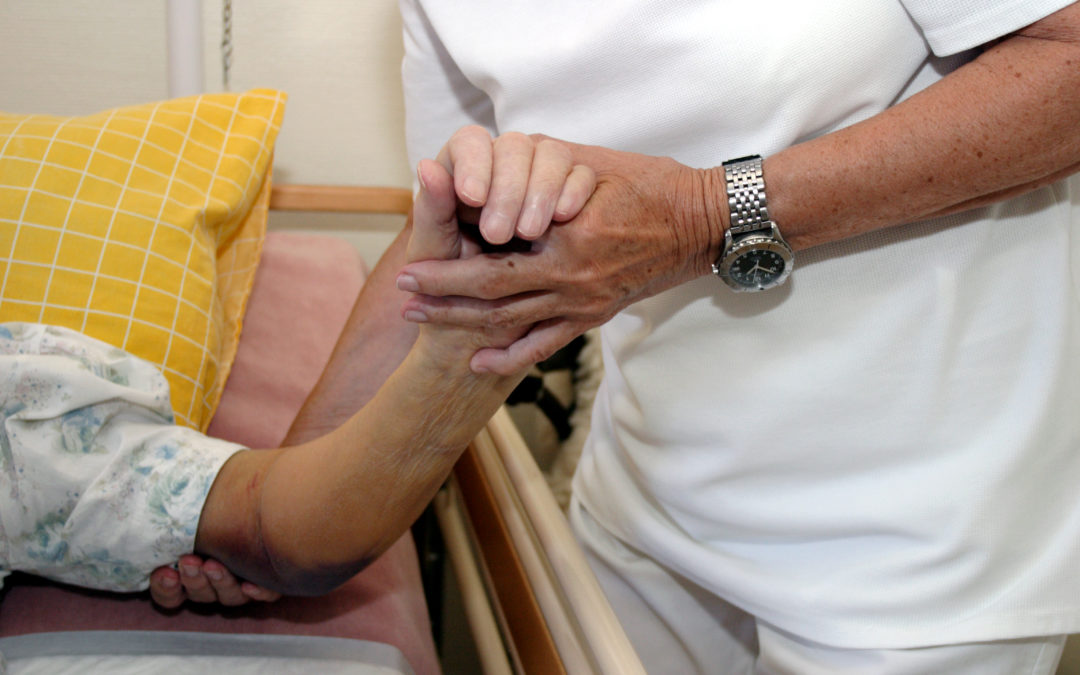Reference
Gillespie_BM, Walker_RM, Latimer_SL et al. Repositioning for pressure injury prevention in adults. Cochrane Database of Systematic Reviews 2020, Issue 6. Art. No.: CD009958. DOI: 10.1002/14651858.CD009958.pub3.
At a glance
A recent Cochrane review conducted in 2020 investigated the effectiveness of repositioning for the prevention of pressure injuries in adults. The study found that there are no sufficiently clear recommendations regarding the frequency and positions to be applied in care settings.
The outcome addressed the incidence of new pressure injuries at all stages by comparing different repositioning frequencies and positions.
What is already known
Pressure injuries, also known as pressure ulcers, are defined as areas of localized tissue damage caused by excessive pressure, friction, or shaving on any area of the body. Immobility is a major risk factor of the injury, and manual repositioning is a common prevention strategy. Although mobilization is a common practice, it is not yet clear what frequency and positions are most effective for preventing injury in the adult population in any care setting. It is also unclear whether these procedures are cost-effective.
Design and method
This is an update of a literature review that reports the results of research conducted on eight primary studies in a variety of care settings.
On February 12, 2019, the authors conducted a literature review by consulting, without restriction, the following databases: the Cochrane Wounds Specialised Register, the Cochrane Central Register of Controlled Trials (CENTRAL), MEDLINE, Embase, and CINAHL Plus. To identify further studies for consideration, current and unpublished trial records were also consulted, and studies cited in the bibliographies of the included studies were reviewed, as were reviews, meta-analyses, and health technology reports.
At the end of the selection process, the review included both randomized controlled trials (RCTs) and RCT clusters, and published and unpublished works, that assessed the effects of any repositioning program or different positions on participants by measuring the incidence of pressure injuries in any care setting.
Main findings
The review included eight studies published between 2004 and 2018 for a total of 3941 participants aged 55 to 90 years in acute and long-term care settings. Two studies reported a cost analysis. The included studies compared two or more repositioning frequencies (every 2 vs. 3 hours, every 4 vs. 6 hours, and every 2 vs. 4 hours) or positions (the 30-degree inclination to 90-degree lateral decubitus), comparing results to standard care. Given the limitations due to the quality of evidence, this review did not achieve consistent results and therefore did not determine clear indications with respect to the frequency of positioning and relative positions.
New findings
This review has shown that it is not yet clear which repositioning posture or frequency is most effective for reducing the incidence of pressure ulcers, because the evidence of effectiveness in supporting a particular posture and frequency over others is of low quality and limited quantity.
Limitations
The studies included in the review were of low quality, and most of them had gaps in their study method. All studies were exposed to a high risk of bias. In addition, the number of participants they enrolled was low. The studies selected did not investigate the following aspects:
– procedure-related pain;
– satisfaction;
– quality of life of the subjects involved.
Areas for future work
It is necessary to further investigate the effectiveness of repositioning and the frequency with which it is performed to prevent pressure injuries in adults, as the evidence on which current indications are based is ambiguous. Further studies should also be conducted to explore the cost-effectiveness of different repositioning frequencies and positions. These works should measure the effect of repositioning in relation to the onset of lesions and aim to find the best repositioning regimen for frequency and position.

